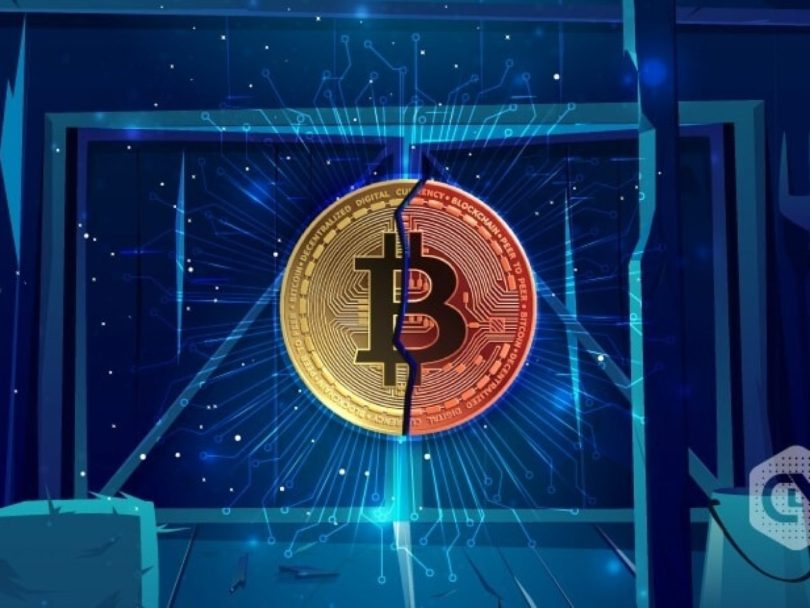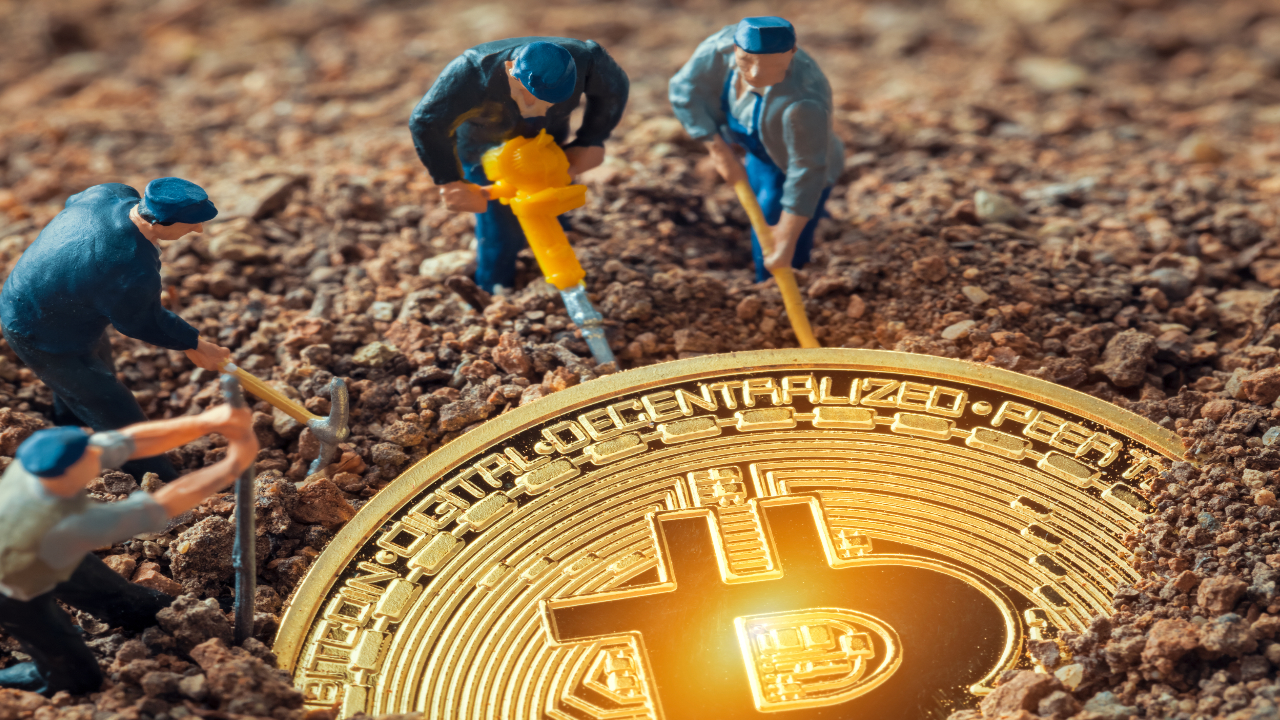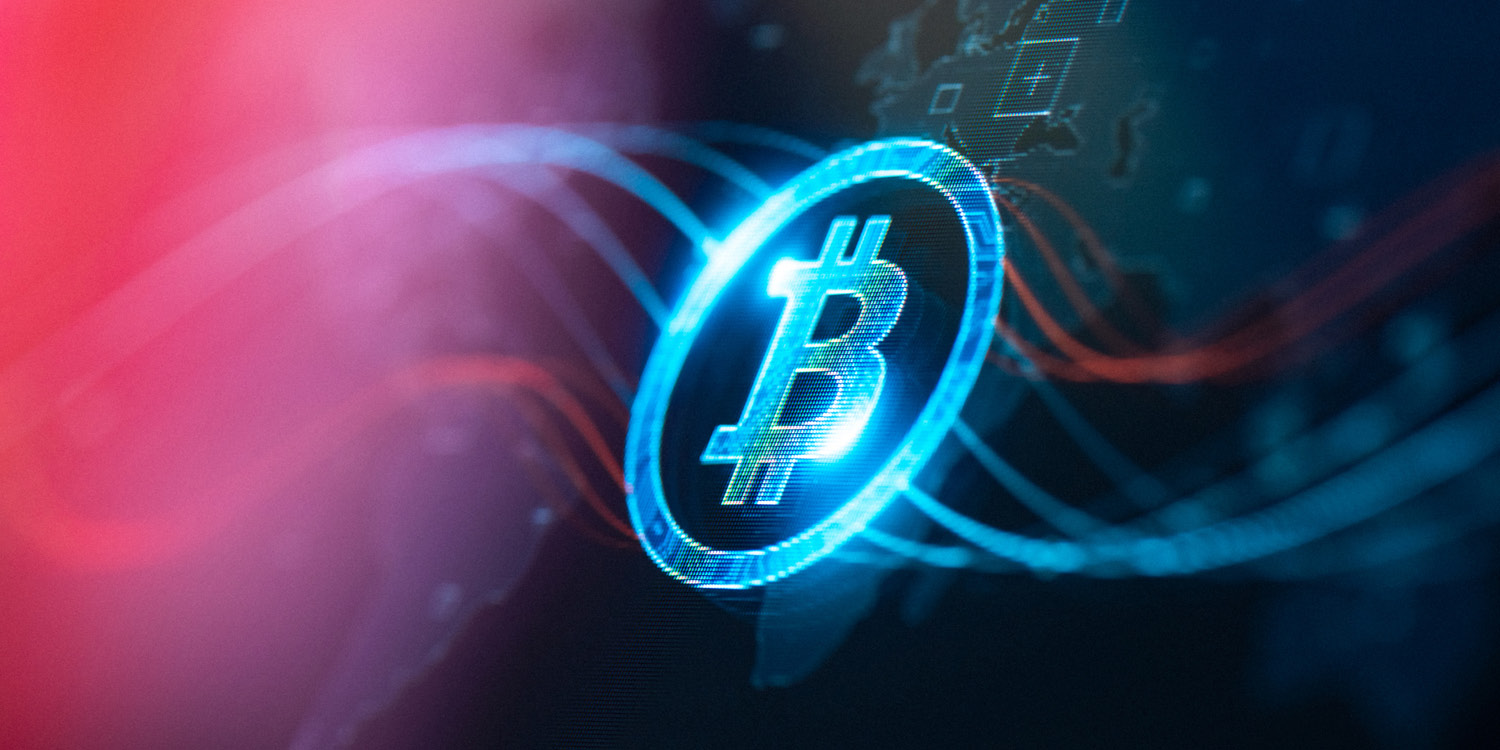If you are familiar with the phrase Bitcoin mining, you will have little or some knowledge about the phrase ‘Bitcoin Halving’. Understanding is an art of the Bitcoin market. It affects cryptocurrency trading in general. How do you expect to be aware of this? These things are a whole new story. We will explain it to you.
Bitcoin Basics
There has always been a drastic change in the prices of the Bitcoin currency. Its difficulty increases in mining as the demand by the market rises. The reasoning behind BTC halving events is similar to the basics. Firstly, we need to evaluate and understand the meaning behind these underlying systems and the power of the cryptocurrency market.
You are probably aware of the factors which differentiate Bitcoin and all the other digital currencies from traditional money. It has no physical elements. They exist purely in the digital world and use complex peer-to-peer systems.
Halving is network verification.
What has this all got to do when it is under practice? How well does it work? Bitcoin’s system relies on a technology known as a blockchain. Blockchain is an ever-growing list of records. The records are known as blocks. These blocks are further linked together using advanced cryptography. You might ask what does this all have to do with Bitcoin halving?
You need to understand that the system cannot tamper here. It remains unharmed.
All new blocks contain a cryptographic hash of the previous block. It includes a timestamp and all of the transactions.
Data gets stored in the blockchain. The system is practically uncrackable. Once a transaction is made. The data of chosen block does not alter without altering other blocks. All these blocks are publicly visible to everyone who hasn’t withdrawn. It makes it more difficult to change the given block.
Bitcoin Creation, Mining, and Trading
The relationship between Bitcoin creation and its proliferation is one of the factors in understanding the BTC halving event. A conventional currency is either minted or printed by the relevant authorities. The Bitcoin or similar currency is either minted or printed in the system. Practically it is first ‘mined’.
Bitcoin is a secure system. Bitcoin miners get rewarded. Minors provide computational power. The computational power works as a collection of computers (or nodes); needed for encoding and decoding blockchains during the process of creating new blocks. These blocks get added to other blocks during every transaction done on the blockchain network.
Bitcoin mining is a parental act for Bitcoin trading.
Bitcoin mining is carried out to provide diminishing returns. Bitcoin halving is a direct consequence of the system’s design. There is a finite number of bitcoins to be mined. It also contains about 90% of that total pool.
The transaction brings a new randomized block to the chain and becomes a more complicated process. Mining Bitcoin provides you with ever-diminishing returns. Whereas a single mining rig can conceivably create tens or even hundreds of Bitcoins in a short time. These days, mining farms are the best hope to be awarded a few BTC for months’ worth of processing power dedicated to the encryption and decryption of blockchains.
What Does Bitcoin Halving Mean?
With the basic overview of the system, you are now aware of how blockchain works. Blockchain is running the mining process. Satoshi Nakamoto, a Japanese inventor, introduced the concept of Bitcoin to the market. He decided the total maximum supply of BTC would be 21 million. Eighteen million Bitcoins have been as of today.
The process of mining new Bitcoin is to continue at an ever-diminishing rate until 2140. Bitcoin creation and proliferation are the processes designed to do this. In 2140, there might be a point at which miners will continue to propagate the system by getting rewarded with transaction fees that network users will pay.
The Bitcoin halving of 2020, is just one part of a link present in the blockchain. The remains a part of synthetic inflation. This system is specifically designed to cut Bitcoin mining block rewards in half. It is done after every four years approximately. This is done until all of the unavailable and available Bitcoins have been mined in that tenure.
In the practical world, after four years of mining and halving, returns for mining Bitcoin diminish and create new Bitcoins. It might become even more difficult if the processes are not carried out before their doubling time. Thus, a shortage in the market might take place. The cost of Bitcoin will inflate.
The market gets more saturated. The Bitcoin currency reaches a new point. This creates new ones and it causes more difficulties for the dealers. For every 210,000 blocks mined, a halving event occurs.
When is Halving Carried Out?
You might be imagining how can the date of halving be predicted. Well, it is almost impossible to determine the exact time when the process might happen. So far, the history and records tell that the events are following a fairly steady schedule. The schedule deals with one halving of cycle roughly after four years. Even though, numerous sites such as CoinMarketCap currently minded blocks, had very precise metrics to keep a track of their work. Their predictions remained tentative at best. Their forecasts simply give people a rough idea of when to expect the next big shake-ups on the Bitcoin networks.
Bitcoin halving clock only gives us a prediction regarding the date of the next halving cent. BTC prices fluctuate a lot. These fluctuations are affected by many minor factors. The factors can be external economic factors, not least of which is the recent pandemic called covid-19. Its effect was on both traditional and digital currency and the outcome is yet to be revealed.
Effects of Halving
If we view things from an investor’s point of view, we will see intriguing effects of the halving process is how the event will affect Bitcoin’s price. The value of Bitcoin in the market, and the crypto mining process in general, are all affected by this.
Keeping in mind the BTC’s history, you can see that the first event in 2012 dropped miner block rewards from about a whooping of 50 Bitcoins per mined block to 25. The next event in 2016 then reduced the prices to 12.5. By the 11th of May in 2020, this number fell to about 6.25 per bitcoin. This stays here until about 2024.
This is not the only aspect you need to consider. Although the halving events have proved too pivotal in determining the value of Bitcoin. The transactions and conversely the drive-up of the price of cryptocurrency were also a factor.
Bitcoin inflation is one of the directly linked problems. It is more important. You might see that halving Bitcoins becomes harder. It gets tough to create a Bitcoin and the market value of cryptocurrency rises.
One of the main reasons for this is that each halving increases the stock-to-flow ratio of Bitcoin. The ratio of the stock currently available in market circulation relative to newly introduced stock is affected. The first halving for Bitcoin soar was from $12 to $1,150 in nearly one year.
The worth of Bitcoin was later decreased to around $650 at the time of the next Bitcoin halving in 2016. The price skyrocketed to a record-high $20,000 by the end of 2017. Several concerns rose. Both internally and externally. The factors were server enough to cause a bull run or crash and the price dropped to a low of $3,200 at a point.
In 2020, during the short period of May’s halving; it managed to crush even the previous 2017 record, soaring well above $20,000.
Economic Considerations on the Global Scale
Even though the global scale is a very big thing, still we can talk about it briefly. Gold and rocks with high value are always considered a luxury. Their scarcity & their ability to be used as a store of value is in high demand. The gold standard was abandoned by time, and the sheer quantity of US dollars was in higher demand. They have been steadily increasing.
The latest BTC halving rate and the inclination of the world’s stock due to the pandemic, caused money supplies to rise. US dollar went from around $4 trillion to around $6.5 trillion. This does not mean that cyber currency didn’t change the world, but this means the actual purchasing power and trust of people increased. And this brought a fear of forgery. Which is legitimate when dealing with fiat currencies.
In contrast with Bitcoin and similar digital currencies, will not only end up dealing with a rock-solid platform but mean is a self-sustainable and peer-to-peer driver. Also, this gives the user a clear indication of the total number of assets available. It is predicted and helps to control the inflation rate.
All of the factors combined with the distrust government has brought to the world. Taxation causes a lot of issues for people. The public wants to have an investment where they will be free from extra taxes and dues. The popularity of Bitcoin and the importance that it offers will have the world’s economy in the future.
We are hopeful that maybe one day, this article has managed to shed a little light on the process. Hopefully, it is helpful and helps you understand the basics and how it affects the global economy in years to come.












